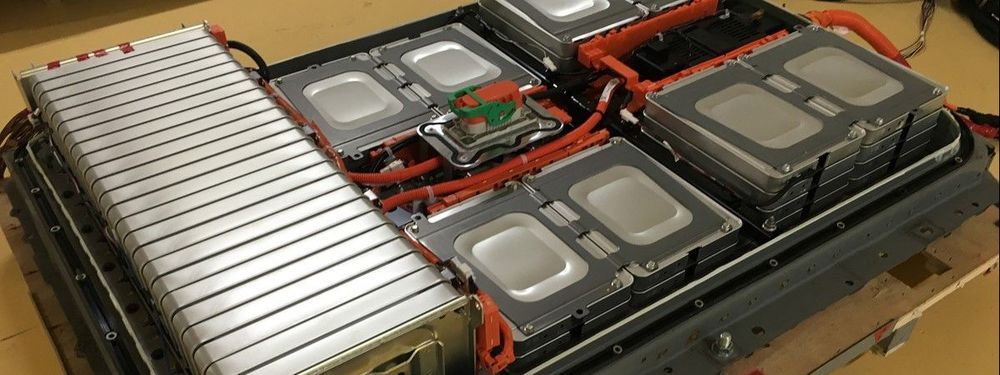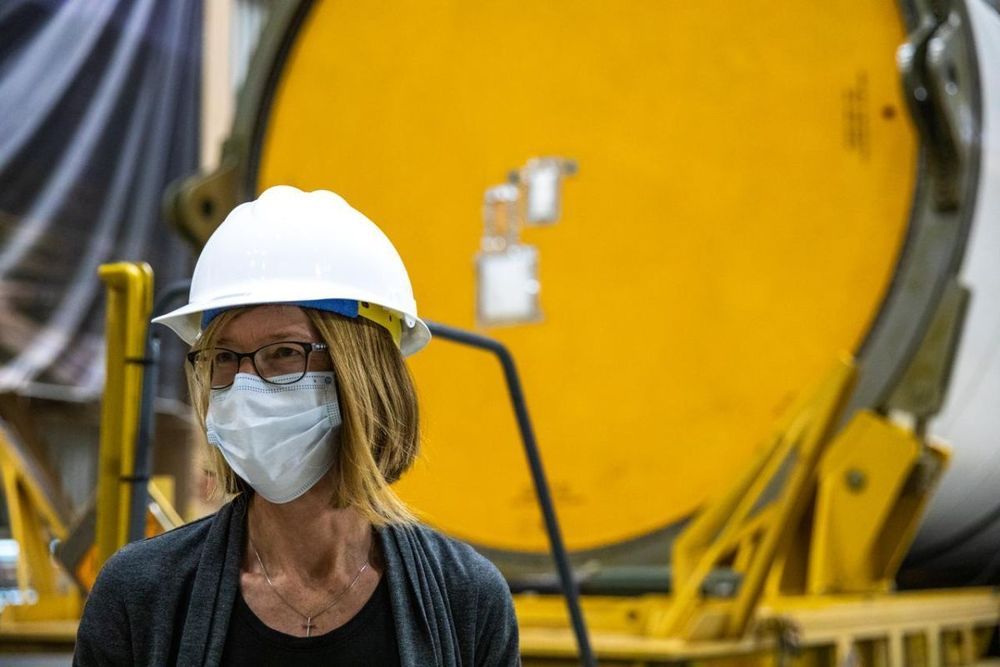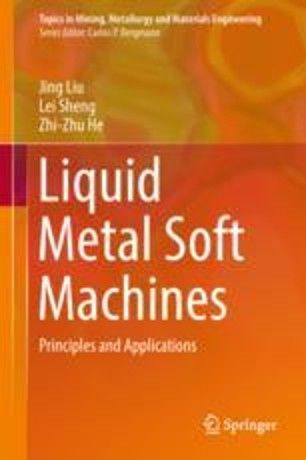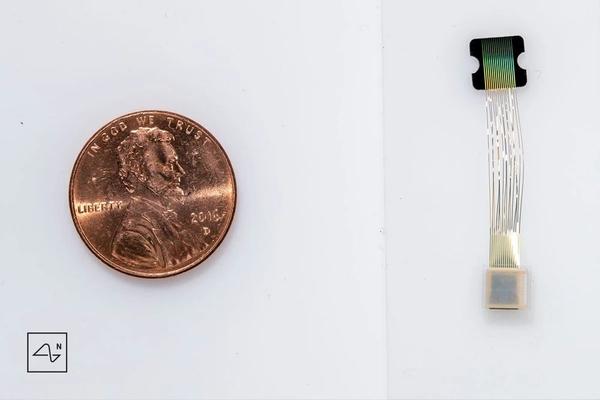Magnetotactic bacteria have magnetosomes with which they can sense magnetic field lines. This allows magnetotactic bacteria to swim towards North or South to find the perfect location in the deep and dark water.



As sales of electric vehicles start to soar, the thorny issue of what to do with end-of-life lithium-ion batteries isn’t going away. We look at the problem and explore the solutions.
To say that the legacy of today’s electric vehicles is set to be a mountain of lithium-ion battery waste would be kind. In 2017, when worldwide sales of electric vehicles exceeded one million cars per year for the first time, calculations from UK-based University of Birmingham researchers revealed stark figures. These vehicles alone are destined to leave some 250,000 tonnes of unprocessed battery waste when they eventually reach the scrap heap in 2027. This is just the beginning.
Latest modelling from the Paris-based International Energy Agency indicates the number of electric cars on the road will lie between 125 million and 220 million by 2030. Given this, come the middle of this century, the 250,000-tonne waste figure looks meagre against the tens of millions of tonnes of waste that could follow. And to make matters worse, recycling is playing catch-up.

In this article, Jonathan Tennenbaum constructs – conceptually – a hydrogen-boron fusion reactor similar to one proposed by Australian plasma physicist Heinrich Hora.
Hora’s approach is one of many – in various stages of development – proposed for achieving nuclear fusion power. I don’t intend to endorse one idea over another but writing about Hora’s extremely promising concept is an excellent way to acquaint readers with some of today’s most exciting areas of science and technology.
Ideally, readers should be familiar with the preceding articles in this series and the following pieces of the puzzle:
A decade before Spaceballs, Winnebago thought about making RVs fly.


Do you have what it takes?
Key Point: It takes a rare individual to muster the physical endurance, mental adaptability and sheer ambition to qualify.

The U.S. Navy confirmed a fire on vessel USS Bonhomme Richard in San Diego, Calif., that happened while routine maintenance was underway. July 12, 2020.
NBC News: Several sailors injured after apparent explosion and fire on a military ship in San Diego, according to San Diego Fire-Rescue authorities.


Synthetic self-fuelled motors, which can spontaneously convert chemical energy into mechanical activity to induce autonomous locomotion, are excellent candidates for making self-powered machines, detectors/sensors, and novel robots. The present lab (Zhang et al. in Adv Mater 27:2648–2655, 2004 [1]). discovered an extraordinary self-propulsion mechanism of synthetic motors based on liquid metal objects. Such motors could swim in a circular Petri dish or different structured channels containing aqueous solution with a pretty high velocity on the order of centimeters per second, and surprisingly long lifetime lasting for more than one hour without any assistance of external energy. The soft material liquid metal enables the motors to self-deform, which makes them highly adaptable for accomplishing tough missions in special environment. Interestingly, the motors work just like biomimetic mollusk since they closely resemble the nature by “eating” aluminum as “food”, and can change shape by closely conforming to the geometrical space it voyages in. From practical aspect, one can thus develop a self-powered pump based on the actuation of the liquid metal enabled motor. Further, such pump can also be conceived to work as a cooler. Apart from different geometrical channels, several dominating factors, including the volume of the motor, the amount of aluminum, the property of the solution and the material of the substrate etc., have been disclosed to influence the performance of the autonomous locomotion evidently. This artificial mollusk system suggests an exciting platform for molding the liquid metal science to fundamentally advance the field of self-driven soft machine design, microfluidic systems, and eventually lead to the envisioned dynamically reconfigurable intelligent soft robots in the near future. In this chapter, the typical behaviors and fundamental phenomena of the self fuelled transformable liquid metal machines were illustrated.

The Chief Executive Officer of SpaceX and Tesla, Elon Musk, founded Neuralink, a company that is developing a brain-machine interface that could one day restore a variety of brain-related issues, including restoring eyesight and limb functionality, solve memory loss, even cure depression via a brain chip implant. Musk initially aims to focus on the medical aspect of the neural interface, like solving mobility issues with paralyzed individuals. Ultimately, his team aims to achieve ‘symbiosis’ with Artificial Intelligence (AI).